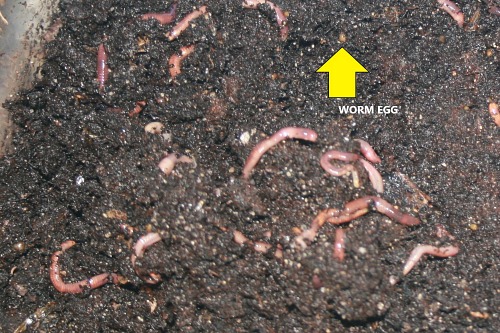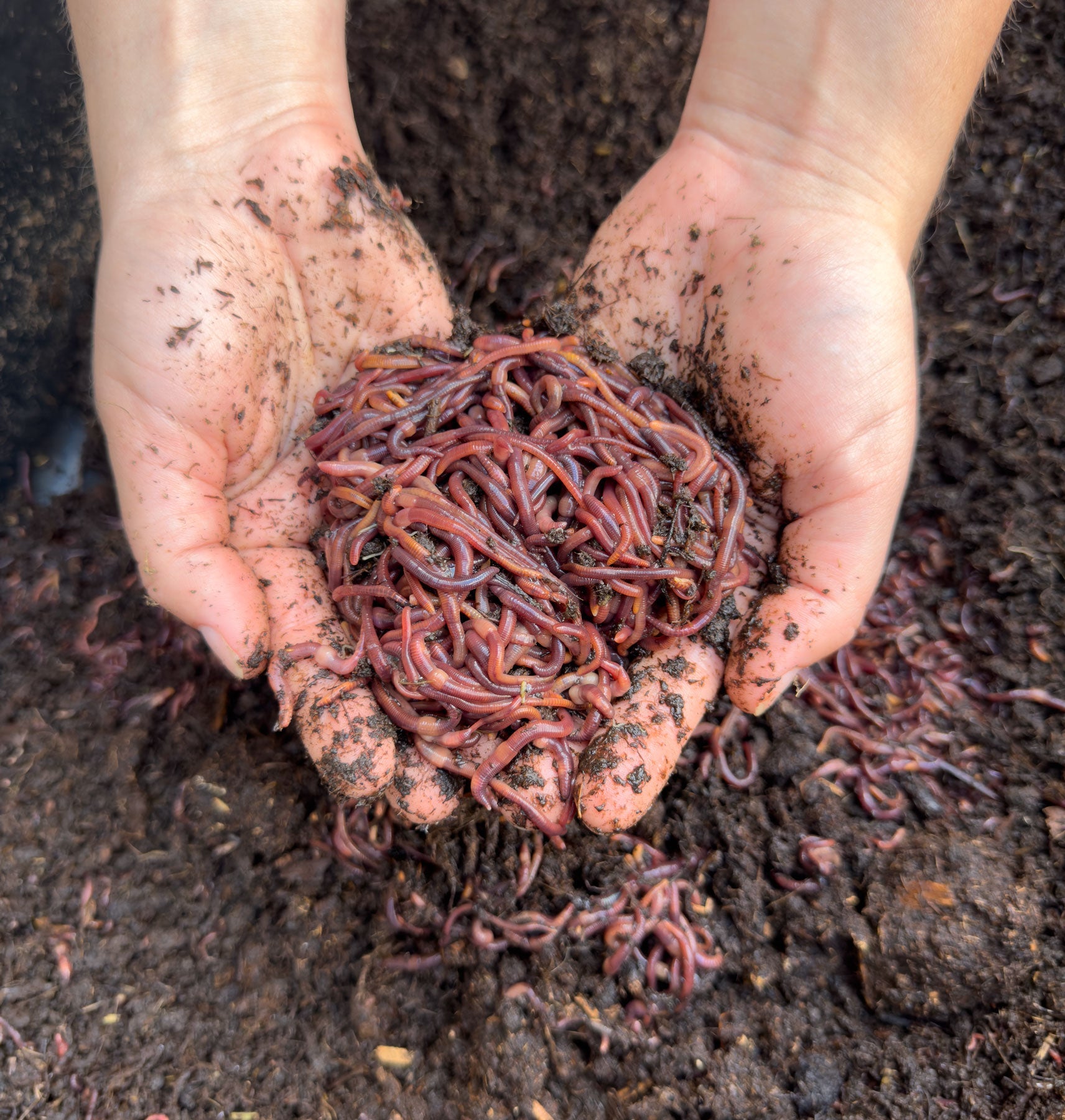Achieve a Greener Lawn with the Help of Red Wiggler Express Lawn Care Treatments
Achieve a Greener Lawn with the Help of Red Wiggler Express Lawn Care Treatments
Blog Article
Red Wigglers: The Unsung Heroes of Organic Waste Recycling
Red wigglers, or Eisenia fetida, work as important agents in the organic waste reusing procedure, changing discarded products into important vermicompost. Their reliable breakdown of raw material not only enhances soil quality but likewise adds to lasting waste administration methods. As the world progressively looks for options to deal with waste build-up and boost agricultural performance, recognizing the duty of these worms becomes necessary. What systems enable them to flourish in garden compost environments, and just how can they be properly made use of in both property and business setups? Discovering these concerns exposes the more comprehensive implications of vermicomposting in our ecological landscape.
What Are Red Wigglers?
The exceptional durability of red wigglers, scientifically known as Eisenia fetida, highlights their critical function in organic waste recycling. These tiny, reddish-brown earthworms are typically discovered in decomposing raw material, such as garden compost heaps and manure stacks. Lake Hickory Bait. Unlike other earthworm types, red wigglers thrive in nutrient-rich atmospheres and are highly reliable at breaking down natural materials, making them crucial for vermicomposting

(Lake Hickory Bait)Along with their role in waste decrease, red wigglers contribute to dirt wellness by improving dirt framework and oygenation with their delving tasks (Lake Hickory Bait). Their presence in composting systems not just improves disintegration rates but likewise promotes a sustainable approach to throw away monitoring, showing their relevance in ecological preservation initiatives
Benefits of Composting With Worms
Composting with worms, especially red wigglers, supplies various advantages that enhance both waste monitoring and dirt health and wellness. First, these worms efficiently damage down organic waste, converting it into nutrient-rich vermicompost that enhances dirt. This process accelerates decay, allowing for a quicker recycling of cooking area scraps and various other organic products contrasted to typical composting approaches.
In addition, the vermicompost created by red wigglers is bristling with beneficial microbes, which assist enhance soil framework, oygenation, and dampness retention. This improves the overall health and wellness of plants, advertising strenuous growth and boosted returns in yards and agricultural settings. Furthermore, the use of worms in composting decreases the manufacturing of greenhouse gases, such as methane, contributing to a much more sustainable waste management system.

Exactly How to Start Vermicomposting
Developing a vermicomposting system is a simple procedure that can yield considerable benefits for both waste management and dirt enrichment. To start, pick a suitable container, such as a plastic container or wooden box, with appropriate ventilation openings to guarantee proper airflow. The measurements should preferably be about 2 feet by 3 feet, enabling enough area for the worms to grow.
Next, prepare bedding material, which can consist of shredded newspaper, cardboard, or coconut coir. This bed linen must be dampened to create an ideal environment for the worms. When the bedding remains in area, introduce red wigglers (Eisenia fetida) into the container, typically around one pound of worms for every square foot of area.
Adhering to the placement of worms, add organic waste, such as fruit and veggie scraps, coffee premises, and smashed eggshells. Avoid including milk, meat, or oils, as these can create smells and attract parasites. Lastly, position the container in a shaded, temperature-controlled location to preserve ideal problems for worm task. With these actions, you will successfully initiate a vermicomposting system that adds to sustainable waste management and enriches your dirt.
Keeping a Healthy And Balanced Worm Container
(Lake Rhodhiss Bait)Keeping a worm container thriving calls for routine attention and treatment to make sure the health and wellness of the red wigglers and the efficiency of the composting process. Proper maintenance begins with keeping an eye on the moisture degrees; the bin ought to perspire but not waterlogged. A good rule of thumb is to keep an uniformity comparable to a wrung-out sponge.
Delicately blending the bed linen and food scraps every couple of weeks protects against compaction and guarantees that all worms have access to oxygen. In addition, it is essential to feed the worms suitably.
Temperature law is an additional essential his comment is here aspect. Red wigglers thrive in a range of 55 to 77 levels Fahrenheit. If the container ends up being too warm or chilly, the worms may become worried - Lake Hickory Bait. Last but not least, regularly check for signs of health and wellness, such as worm populace development and the existence of healthy and balanced castings. By diligently managing these variables, one can maintain a robust and productive worm bin.
Effect on Lasting Living
The successful maintenance of a worm bin not just benefits the health and wellness of red wigglers yet also adds substantially to lasting living techniques. By recycling organic waste, such as kitchen area scraps and backyard debris, red wigglers aid draw away considerable amounts of material from garbage dumps. This decrease in waste not just reduces greenhouse gas emissions yet likewise decreases the environmental concern connected with waste administration.
In addition, the castings created by red wigglers serve as a nutrient-rich natural plant food, improving soil wellness and advertising plant development. This natural option to chemical fertilizers supports lasting farming and horticulture practices, decreasing dependence on artificial inputs that can hurt ecosystems. In addition, worm composting fosters recognition of waste monitoring, urging people and communities to take on more sustainable habits.

Final Thought
In summary, red wigglers serve as essential contributors to natural waste reusing through their effective decomposition of natural products. By integrating vermicomposting into waste management methods, individuals and communities can dramatically minimize waste while promoting ecological sustainability.
Report this page